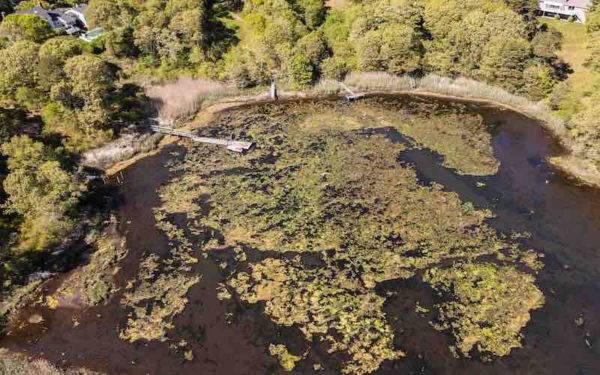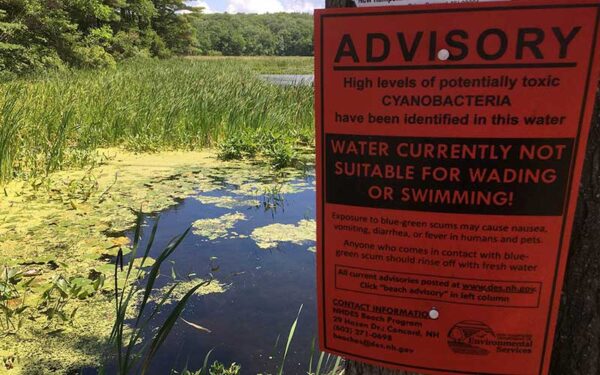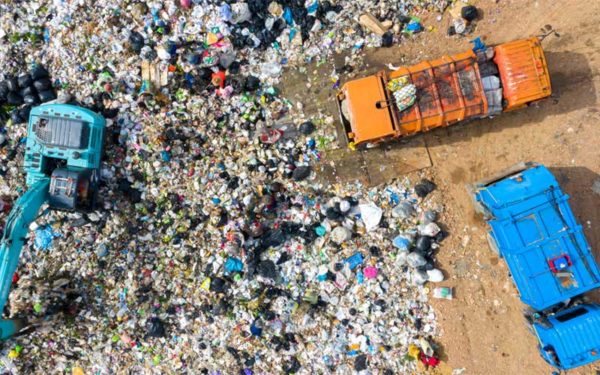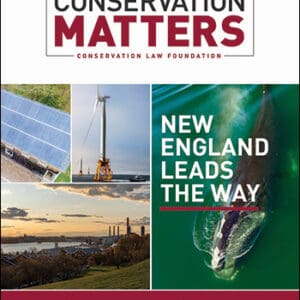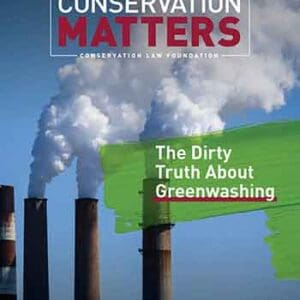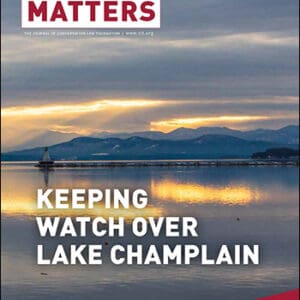Stormwater and nutrient pollution are the biggest threats to clean water in New England.
Stormwater pollution hasn’t always been a problem. Back when New England’s landscape was largely one of forests, fields, and meadows, the ground absorbed rain and snowmelt. That filtered it of pollution long before it drained into our rivers, lakes, streams, and ocean.
Today, strip malls, office parks, and other industrial development has replaced many of those woodlands and fields. With them have come watertight flat roofs, huge parking lots, and miles and miles of roads. Water rushes off these mirror-like surfaces, picking up debris, pesticides, metals, chemicals, oil, and other pollutants along the way. The result? Stormwater pollution: a contaminated soup of dirty water draining into our waterways.
In fact, some 11 million gallons of oil and gas – equivalent to the Exxon Valdez spill – run off America’s streets, parking lots, and driveways every eight months, according to the Pew Oceans Commission. Climate change will increase the frequency and intensity of rain and snowstorms in New England. That will make the problem of stormwater pollution even more dire.
At the same time, excess nitrogen and phosphorus from farm and lawn fertilizer and improperly treated sewage are causing toxic algae outbreaks. Those outbreaks rob the water of oxygen and make it uninhabitable for most fish, frogs, and other aquatic life. Such pollution closes beaches, clogs up ponds and lakes, destroys habitat, and taints drinking water. But the good news is, these threats are controllable – if we take action now.
State by state, waterbody by waterbody, CLF pushes for stricter controls on the sources of this toxic pollution. We hold polluters accountable when they violate the law. And we challenge the regulations that allow these threats to continue.
Learn more about our priority water pollution campaigns below – including how you can help support our work.


